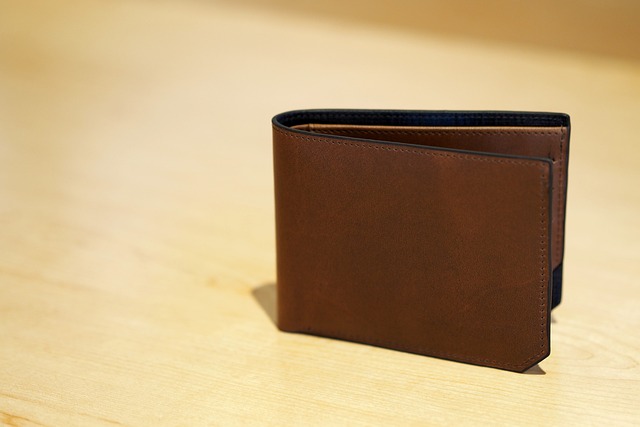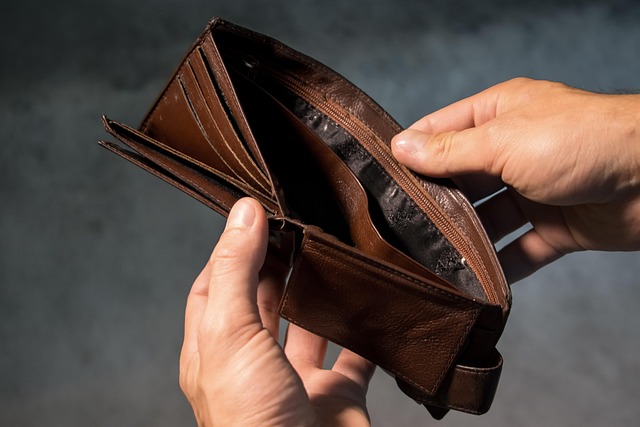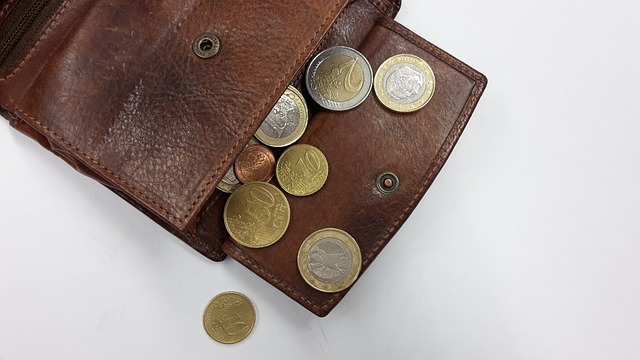The Ultimate Guide to Crypto Wallets
Author: Jameson Richman Expert
Published On: 2025-01-26
Prepared by Jameson Richman and our team of experts with over a decade of experience in cryptocurrency and digital asset analysis. Learn more about us.
Cryptocurrency has revolutionized the financial world, opening doors for investors and traders alike. However, with the rise of digital currencies comes the need for secure storage solutions. This is where crypto wallets come in. In this comprehensive guide, we'll explore what crypto wallets are, the different types available, how to choose the right one, and much more. Whether you're a seasoned investor or just starting your crypto journey, understanding crypto wallets is crucial for your success.

What is a Crypto Wallet?
A crypto wallet is a digital tool that allows you to store, send, and receive cryptocurrencies. Unlike traditional wallets that hold physical cash, crypto wallets do not store the currency itself. Instead, they contain private and public keys that facilitate transactions on the blockchain. The public key is your wallet address that others use to send you crypto, while the private key allows you to access and manage your funds.
Types of Crypto Wallets
It's essential to understand the different types of wallets available for storing cryptocurrencies. Each type has its pros and cons, depending on your needs and preferences. Here are the main categories of crypto wallets:
1. Hardware Wallets
Hardware wallets are physical devices that provide a highly secure way to store cryptocurrencies offline. They are less susceptible to hacking as they are not connected to the internet. Popular hardware wallets include Trezor and Ledger. These wallets are ideal for long-term investors who prioritize security over convenience.
2. Software Wallets
Software wallets are applications that you can download on your computer or mobile device. They come in two forms: desktop wallets and mobile wallets. Desktop wallets, like Exodus, offer a balance of security and convenience, while mobile wallets, such as Trust Wallet, provide easy access to your funds on the go. However, software wallets are more susceptible to hacking than hardware wallets.
3. Web Wallets
Web wallets are online services that allow you to access your cryptocurrencies via a web browser. They are often provided by exchanges like Binance. While web wallets offer convenience, they also carry more risk since your private keys are stored online. Always choose reputable services if you opt for a web wallet.
4. Paper Wallets
A paper wallet is a physical printout of your private and public keys. While they offer an extremely low risk of online hacks, they can easily be lost or damaged. Paper wallets are best for those who are not frequently accessing their crypto and prefer a long-term storage solution.
How to Choose the Right Crypto Wallet
Choosing the right crypto wallet depends largely on your individual needs and how you plan on using your cryptocurrencies. Here are some key factors to consider:
1. Security
Security should be your top priority when choosing a crypto wallet. If you're a long-term investor, consider a hardware wallet for maximum protection. For those who trade frequently, a software wallet may be more practical, but ensure you take additional security measures, such as two-factor authentication.
2. User Experience
The wallet's user interface and ease of use are essential for a pleasant experience. Some wallets come with complex features that can be overwhelming for beginners. Look for wallets that offer a simple, intuitive design.
3. Supported Currencies
Not all wallets support all cryptocurrencies. If you plan to invest in multiple coins, ensure the wallet you choose can accommodate all of them. For instance, some wallets only support Bitcoin, while others allow for a wide variety of altcoins.
4. Backup and Recovery Options
Your crypto wallet should provide backup and recovery options in case you lose access to it. Look for wallets that offer seed phrases or recovery keys that help you restore access to your funds if necessary.

Setting Up Your Crypto Wallet
Once you've chosen the right wallet for your needs, it’s time to set it up. The process will vary depending on the type of wallet you choose:
1. Setting Up a Hardware Wallet
Follow the manufacturer's instructions to set up your hardware wallet. Typically, you will need to:
- Connect the wallet to your computer or mobile device.
- Create a new wallet by following on-screen prompts.
- Write down and securely store your recovery phrase.
2. Setting Up a Software Wallet
For software wallets, you'll need to:
- Download the wallet from a reputable source.
- Install the application and create a new wallet.
- Securely store your recovery phrase.
3. Setting Up a Web Wallet
For web wallets:
- Create an account on the web service.
- Enable two-factor authentication for added security.
- Start depositing cryptocurrencies into your wallet.
How to Transfer Crypto Funds
Once your wallet is set up, you can start transferring funds. The process is relatively simple:
- Get your wallet's public address.
- Go to the exchange where you hold your crypto assets.
- Select the option to withdraw and enter your wallet address.
- Confirm the transaction.
Always double-check the wallet address before submitting the transaction, as sending funds to the wrong address can lead to permanent loss.
Best Practices for Wallet Security
Maintaining the security of your crypto wallet is vital to protect your assets. Here are some best practices to follow:
- Always use strong passwords and enable two-factor authentication.
- Keep your software wallet updated to the latest version.
- Use hardware wallets for larger amounts and long-term storage.
- Regularly back up your wallet information and recovery phrases.
- Be cautious of phishing attacks and only access your wallet from secure devices.

Conclusion
In conclusion, understanding crypto wallets is fundamental in navigating the world of cryptocurrencies securely. With the various types of wallets available, it's crucial to evaluate your needs and select a wallet that aligns with your security requirements and convenience preferences. Remember to follow best practices to safeguard your assets.
If you're looking to buy or trade cryptocurrencies, consider starting your journey on a reputable exchange like Binance. You can create your account through this link: Start Trading on Binance. By doing so, you can easily manage your crypto transactions and ensure a smoother trading experience.